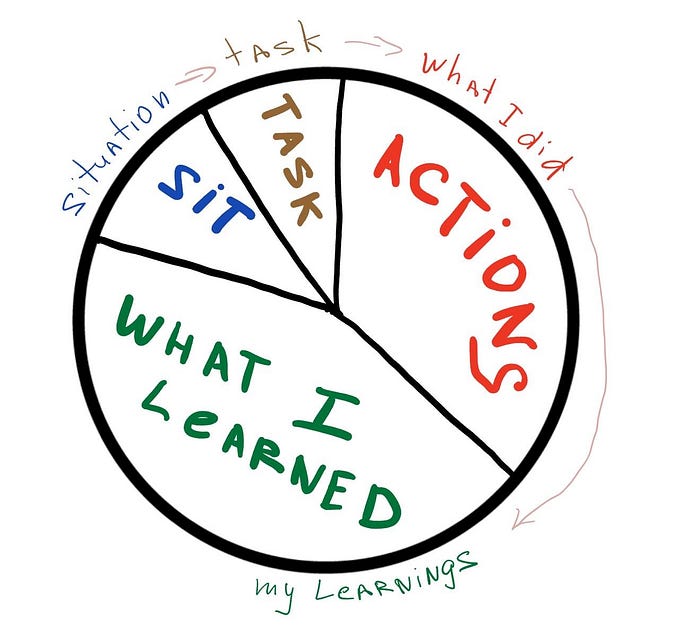Most Essential Metrics and Optimization Goals for Web Page Performance
There are they key performance metrics and goals for optimizing web page performance. Learn how metrics such as page load time, time to first byte, and interactive readiness impact user experience, and discover strategies for achieving optimal performance through resource optimization, mobile responsiveness, and accessibility enhancements.

Sure, here are some common web page performance metrics and associated goals:
- Page Load Time: The time it takes for a web page to fully load in the user’s browser. Ideally, aim for a page load time of under 2–3 seconds for optimal user experience.
- Time to First Byte (TTFB):
The time it takes for the browser to receive the first byte of response from the server after making a request. Target for a TTFB of under 200–300 milliseconds for fast server response times. - First Contentful Paint (FCP):
The time it takes for the browser to render the first piece of content on the screen. Aim for a FCP of under 1–2 seconds to provide users with a perceived fast loading experience. - Time to Interactive (TTI):
The time it takes for a web page to become fully interactive, meaning users can interact with all elements on the page. Aim for a TTI of under 3–5 seconds to ensure a responsive and engaging user experience. - Total Blocking Time (TBT):
The total amount of time during which the main thread is blocked and unable to respond to user input. Optimize for a TBT of under 300 milliseconds to minimize delays in user interaction. - Cumulative Layout Shift (CLS):
Measures the amount of unexpected layout shifts that occur during the page load. Aim for a CLS score of under 0.1 to provide users with a stable and consistent visual experience. - Resource Optimization:
Includes optimizing images, scripts, CSS files, and other resources to reduce file sizes and improve load times. Reduce resource sizes wherever possible and utilize compression techniques to optimize load performance. - Browser Compatibility:
Always ensure that the web page renders correctly and performs well across different web browsers and devices. Test the web page on various browsers and devices to ensure consistent performance and usability. - Mobile Performance:
Optimize the web page for mobile devices by implementing responsive design, lazy loading, and other mobile-friendly techniques. Aim for fast load times and smooth performance on mobile devices to cater to the increasing number of mobile users. - Accessibility:
Ensure that the web page is accessible to users with disabilities and complies with accessibility standards such as WCAG (Web Content Accessibility Guidelines). Implement accessible design practices and conduct regular accessibility audits to ensure compliance and improve usability for all users.
To stand a professional web developer monitor and optimize these performance metrics in order to enhance the overall user experience, improve website usability and achieve better search engine rankings.








